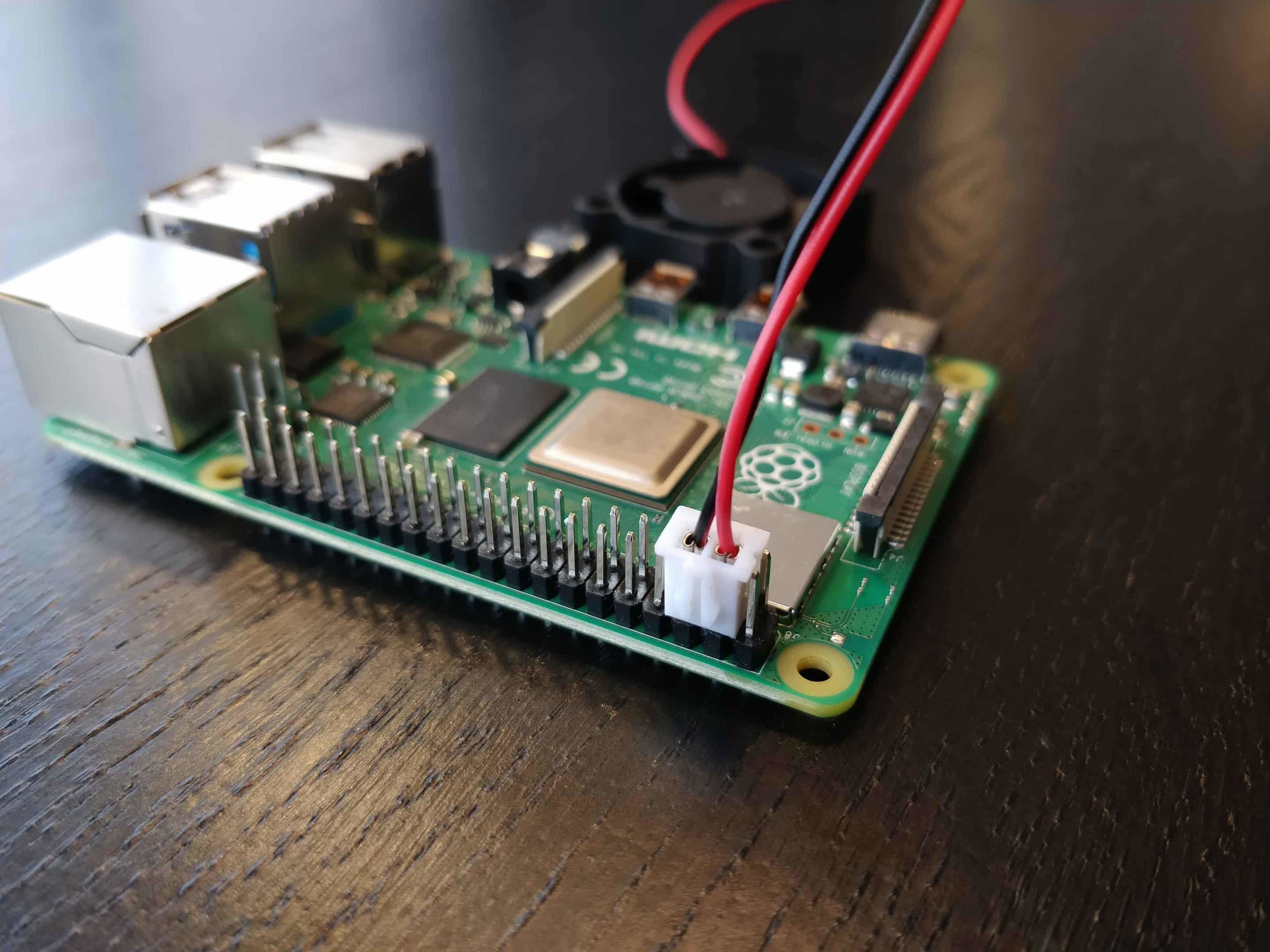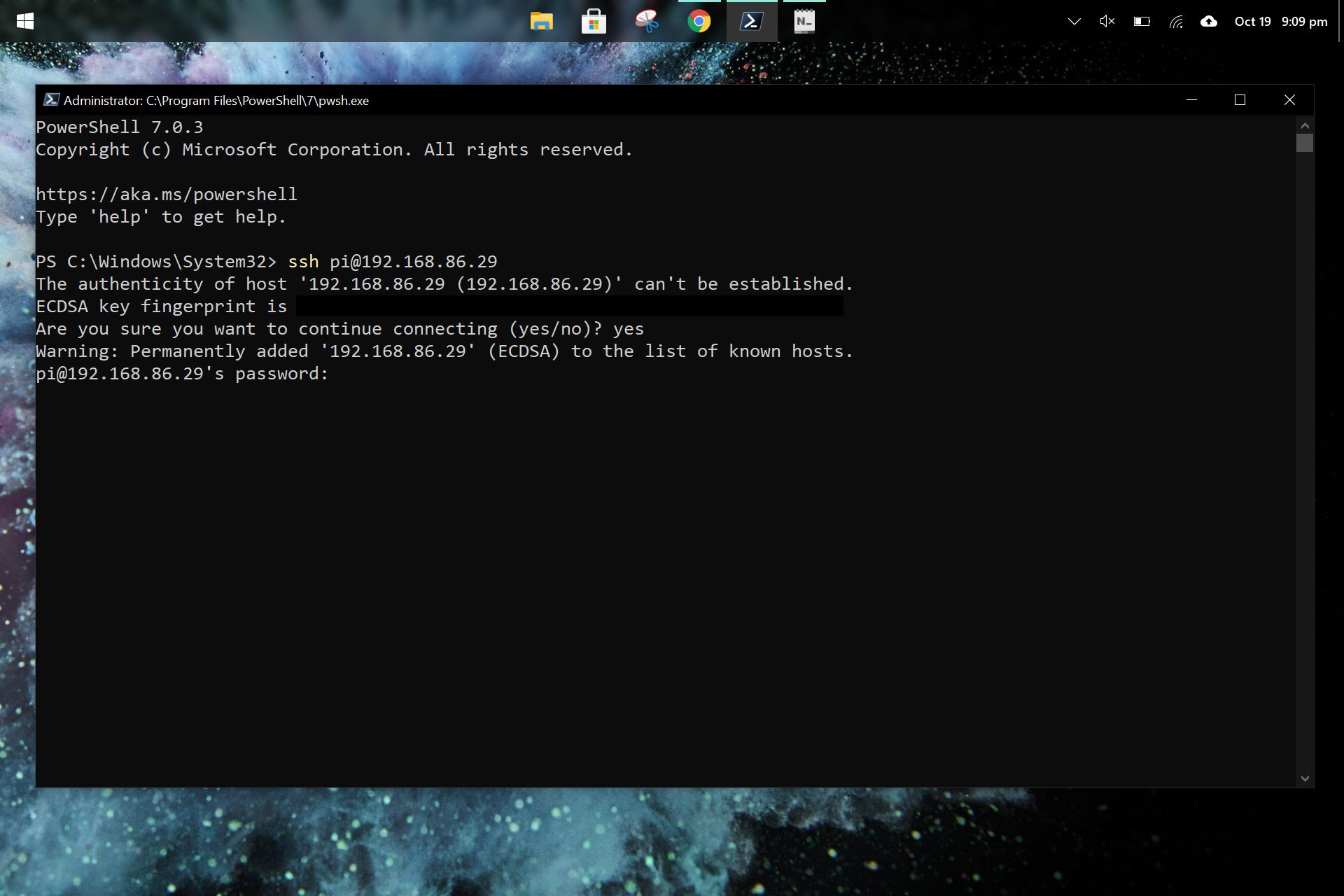Hey there, tech enthusiasts! If you've been diving into the world of IoT (Internet of Things), you've probably come across the term 'RemoteIoT VPC Raspberry Pi Free.' Let me tell you, this concept is a game-changer for hobbyists and professionals alike who want to explore cloud-based IoT solutions without breaking the bank. Imagine setting up a virtual private cloud (VPC) using a Raspberry Pi, allowing you to control devices remotely—all for free. Sounds cool, right? Well, buckle up because we're about to dive deep into this fascinating topic and show you how to make it happen.
In today's interconnected world, managing devices remotely is no longer a luxury—it's a necessity. From smart homes to industrial automation, the demand for IoT solutions continues to grow. However, not everyone has the budget for expensive cloud services. That's where RemoteIoT VPC Raspberry Pi Free comes in. It’s a cost-effective way to build a robust IoT infrastructure, and we’re here to guide you through every step of the process. Whether you're a beginner or an experienced developer, this guide will help you harness the power of IoT with minimal investment.
Before we get started, let me emphasize that this isn't just another tech article. We’re going to break down complex concepts into bite-sized chunks, provide actionable tips, and share real-world examples to make your learning experience as smooth as possible. So, grab a cup of coffee, sit back, and let’s explore the endless possibilities of RemoteIoT VPC Raspberry Pi Free together!
- How To Master Public Speaking A Beginners Guide
- Subhashree Sahu Mms Link The Full Story You Need To Know
What Exactly is RemoteIoT VPC Raspberry Pi Free?
Alright, let's start with the basics. RemoteIoT VPC Raspberry Pi Free refers to the process of setting up a Virtual Private Cloud (VPC) on a Raspberry Pi device, enabling remote access to IoT devices without any recurring costs. Think of it as your personal cloud server that you can control from anywhere in the world. The best part? You don’t need to pay for expensive cloud hosting services like AWS or Azure. Instead, you can leverage the power of your Raspberry Pi to create a fully functional IoT ecosystem.
Here's why this setup is so appealing:
- Cost-Effective: No subscription fees or hidden charges.
- Scalable: You can add more devices and sensors as needed.
- Secure: With a VPC, your data remains private and protected.
- Flexible: Works with a wide range of IoT devices and protocols.
Now, you might be wondering, "How does all this work?" Well, it's simpler than you think. By combining the power of Raspberry Pi with open-source software, you can create a secure and efficient IoT network. In the next section, we’ll walk you through the key components of this setup and explain how they fit together.
- Downloadhub 4k Your Ultimate Destination For Highquality Media
- Desi Mms Leaked Videos The Untold Story Behind The Viral Sensation
Key Components of RemoteIoT VPC Raspberry Pi Free
Raspberry Pi: The Heart of Your IoT Setup
Let's talk about the star of the show—the Raspberry Pi. This tiny but powerful device has revolutionized the world of DIY tech projects. It’s essentially a mini-computer that can run Linux-based operating systems and act as a server for your IoT devices. Here are some reasons why Raspberry Pi is perfect for RemoteIoT VPC:
- Affordable: You can get a Raspberry Pi for under $35.
- Powerful: Capable of running complex applications and services.
- Community Support: A vast online community ready to help with troubleshooting.
When choosing a Raspberry Pi model, make sure to go for one with enough processing power and memory to handle your IoT workload. The Raspberry Pi 4 is a great option for most projects, but if you're on a tight budget, the Raspberry Pi 3 will still do the job.
Virtual Private Cloud (VPC): Your Personal Cloud
A Virtual Private Cloud (VPC) is essentially a private network that runs in the cloud. By setting up a VPC on your Raspberry Pi, you create a secure environment where your IoT devices can communicate without exposing them to the public internet. This is crucial for maintaining the privacy and security of your data.
Here's how a VPC works:
- Isolation: Keeps your devices separate from other networks.
- Encryption: Ensures all data transmitted is secure.
- Customization: Allows you to configure firewalls and access rules.
With a VPC, you can control who has access to your IoT devices and what kind of data they can access. This level of control is essential for protecting sensitive information and preventing unauthorized access.
Setting Up Your RemoteIoT VPC Raspberry Pi Free
Step 1: Gather Your Materials
Before you start setting up your RemoteIoT VPC, you’ll need a few things:
- Raspberry Pi (preferably Model 3 or 4)
- MicroSD card (16GB or higher)
- Power adapter
- Ethernet cable or Wi-Fi dongle
- Keyboard and monitor (optional)
Once you have all the necessary components, it's time to move on to the next step.
Step 2: Install the Operating System
The first thing you need to do is install an operating system on your Raspberry Pi. For this project, we recommend using Raspberry Pi OS, which is specifically designed for the Raspberry Pi and comes with a wide range of pre-installed tools and utilities.
Here's how to install Raspberry Pi OS:
- Download the Raspberry Pi Imager from the official website.
- Insert your MicroSD card into your computer.
- Use the Raspberry Pi Imager to flash the OS onto the MicroSD card.
- Insert the MicroSD card into your Raspberry Pi and power it on.
Once the OS is installed, you can start configuring your Raspberry Pi for RemoteIoT VPC.
Configuring Your Raspberry Pi for RemoteIoT VPC
Step 3: Set Up SSH Access
SSH (Secure Shell) is a protocol that allows you to remotely access and manage your Raspberry Pi from another device. Enabling SSH is essential if you want to control your IoT devices from anywhere in the world.
Here's how to enable SSH on your Raspberry Pi:
- Open the terminal on your Raspberry Pi.
- Type the command
sudo raspi-configand hit Enter. - Navigate to "Interfacing Options" and select "SSH."
- Choose "Enable" and reboot your Raspberry Pi.
With SSH enabled, you can now access your Raspberry Pi from any device with an internet connection. Just make sure to secure your SSH connection with a strong password or public key authentication.
Step 4: Configure Your VPC
Now that your Raspberry Pi is set up, it's time to configure your Virtual Private Cloud (VPC). This involves setting up a private network on your Raspberry Pi and configuring it to communicate with your IoT devices.
Here's a step-by-step guide:
- Install a VPC management tool like OpenVPN or WireGuard.
- Configure the VPC settings to match your network requirements.
- Set up firewalls and access rules to ensure security.
- Test the connection to make sure everything is working properly.
By following these steps, you'll have a secure and efficient VPC up and running in no time.
Connecting Your IoT Devices
Step 5: Add Your IoT Devices
With your VPC set up, it's time to connect your IoT devices. This could include anything from smart lights and thermostats to industrial sensors and cameras. The key is to make sure all your devices are compatible with your Raspberry Pi and can communicate over the VPC.
Here are some tips for connecting IoT devices:
- Use a common communication protocol like MQTT or HTTP.
- Ensure all devices are on the same network.
- Secure your devices with strong passwords and encryption.
Once your devices are connected, you can start controlling them remotely using your Raspberry Pi.
Securing Your RemoteIoT VPC
Step 6: Enhance Security
Security is a top priority when setting up a RemoteIoT VPC. Without proper security measures, your data could be vulnerable to cyberattacks. Here are some ways to enhance the security of your setup:
- Use strong passwords and enable two-factor authentication.
- Regularly update your software and firmware.
- Monitor your network for suspicious activity.
By taking these precautions, you can ensure that your RemoteIoT VPC remains secure and protected from potential threats.
Optimizing Performance
Step 7: Fine-Tune Your Setup
To get the most out of your RemoteIoT VPC, you’ll want to optimize its performance. This involves tweaking various settings to improve speed, reliability, and efficiency. Here are some tips for optimizing your setup:
- Use a fast and reliable internet connection.
- Limit the number of devices connected to your VPC.
- Monitor resource usage and adjust settings as needed.
By fine-tuning your setup, you can ensure that your RemoteIoT VPC runs smoothly and efficiently.
Real-World Applications
Step 8: Explore Practical Use Cases
Now that you have a fully functional RemoteIoT VPC, it's time to explore some real-world applications. Here are a few examples of how you can use your setup:
- Smart Home Automation: Control lights, thermostats, and appliances remotely.
- Industrial Automation: Monitor and control machinery in real-time.
- Environmental Monitoring: Track temperature, humidity, and air quality.
These are just a few examples of what you can do with your RemoteIoT VPC. The possibilities are endless, and it's up to you to unleash your creativity and innovation.
Troubleshooting Common Issues
Step 9: Solve Common Problems
Even with the best planning and execution, things can sometimes go wrong. Here are some common issues you might encounter and how to solve them:
- Connection Problems: Check your network settings and ensure all devices are on the same network.
- Performance Issues: Monitor resource usage and adjust settings to improve performance.
- Security Breaches: Regularly update your software and firmware to patch vulnerabilities.
By addressing these issues promptly, you can keep your RemoteIoT VPC running smoothly and efficiently.
Conclusion and Next Steps
And there you have it—a comprehensive guide to setting up a RemoteIoT VPC Raspberry Pi Free. By following the steps outlined in this article, you can create a powerful and secure IoT ecosystem without spending a fortune on cloud services. Remember, the key to success is planning, patience, and perseverance.
Now that you’ve learned the ins and outs of RemoteIoT VPC, it's time to take action. Here’s what you can do next:
- Start experimenting with different IoT devices and protocols.
- Join online communities to share knowledge and get help.
- Stay updated with the latest trends and technologies in IoT.
Don't forget to leave a comment or share this article if you found it helpful. Your feedback means a lot to us, and it helps us create even better content in the future. Happy tinkering, and see you in the next article!
Table of Contents
What Exactly is RemoteIoT VPC Raspberry Pi Free?
Key Components of RemoteIoT VPC Raspberry Pi Free
Raspberry Pi: The Heart of Your IoT Setup
Virtual Private Cloud (VPC): Your Personal Cloud
Setting Up Your RemoteIoT VPC Raspberry Pi Free
Step 2: Install the Operating System
- Hdhub4u Bollywood Movies Your Ultimate Guide To Streaming The Best Of Indian Cinema
- 7 Moviesflix Your Ultimate Streaming Destination Unveiled


